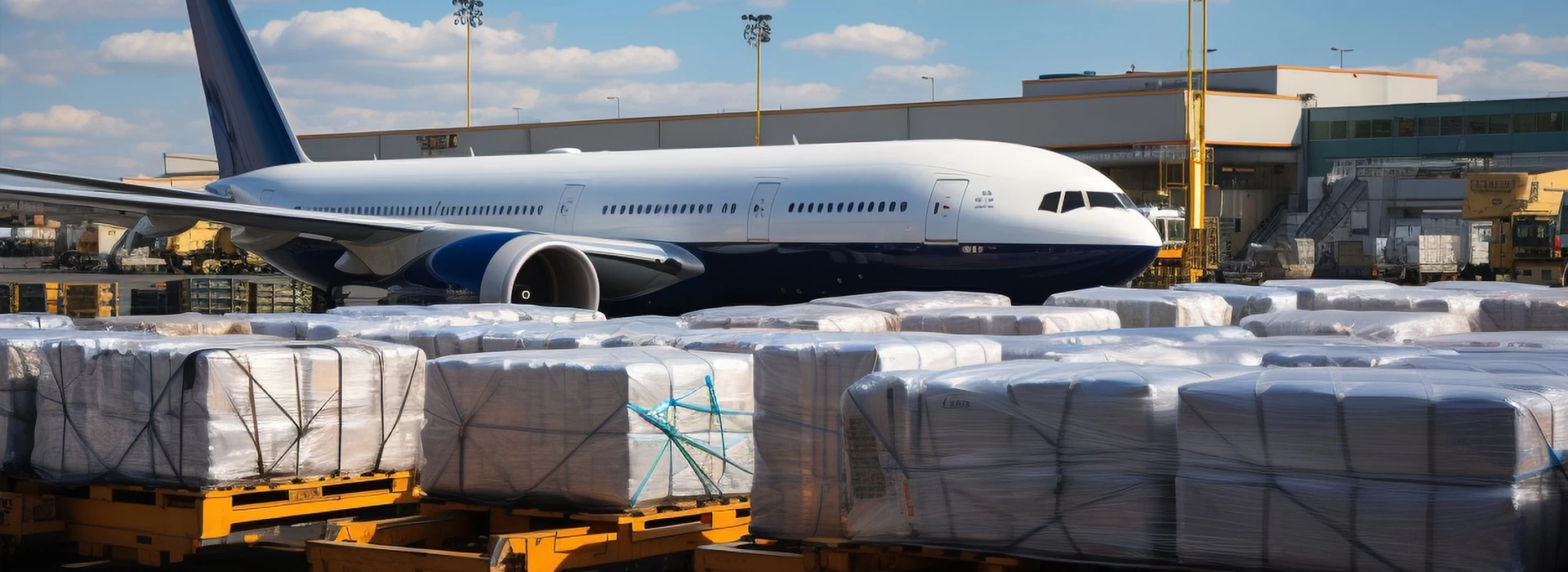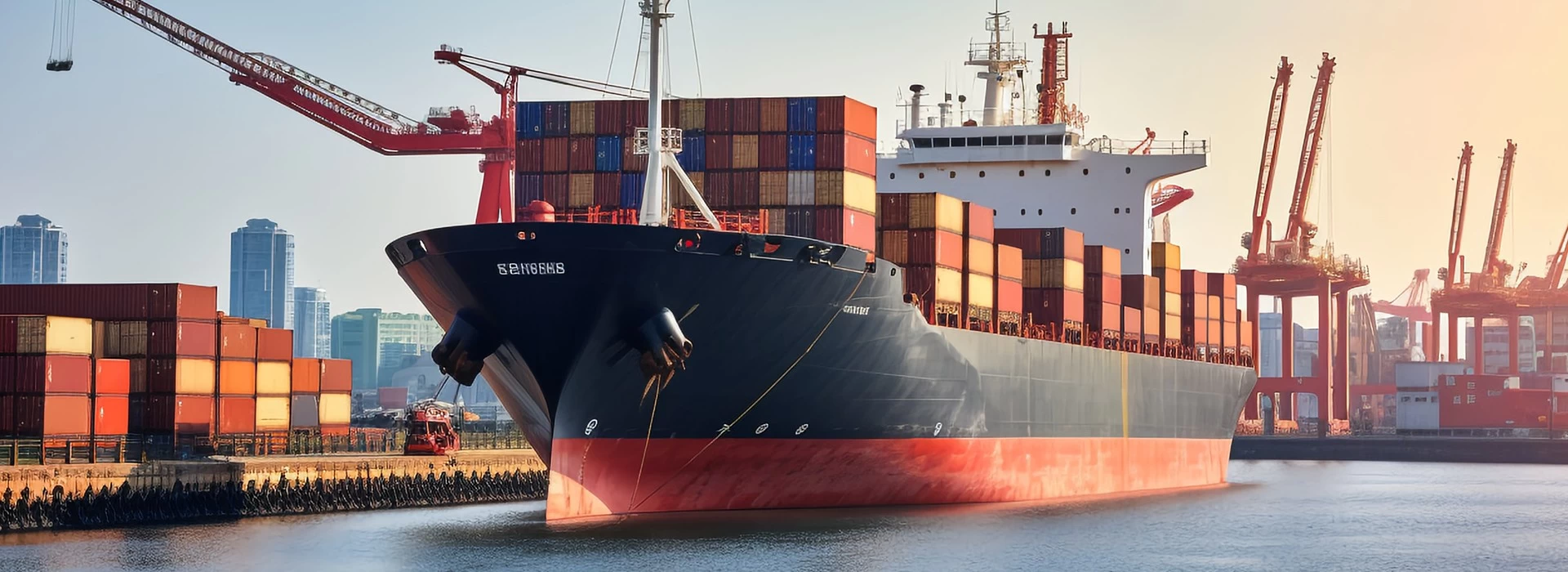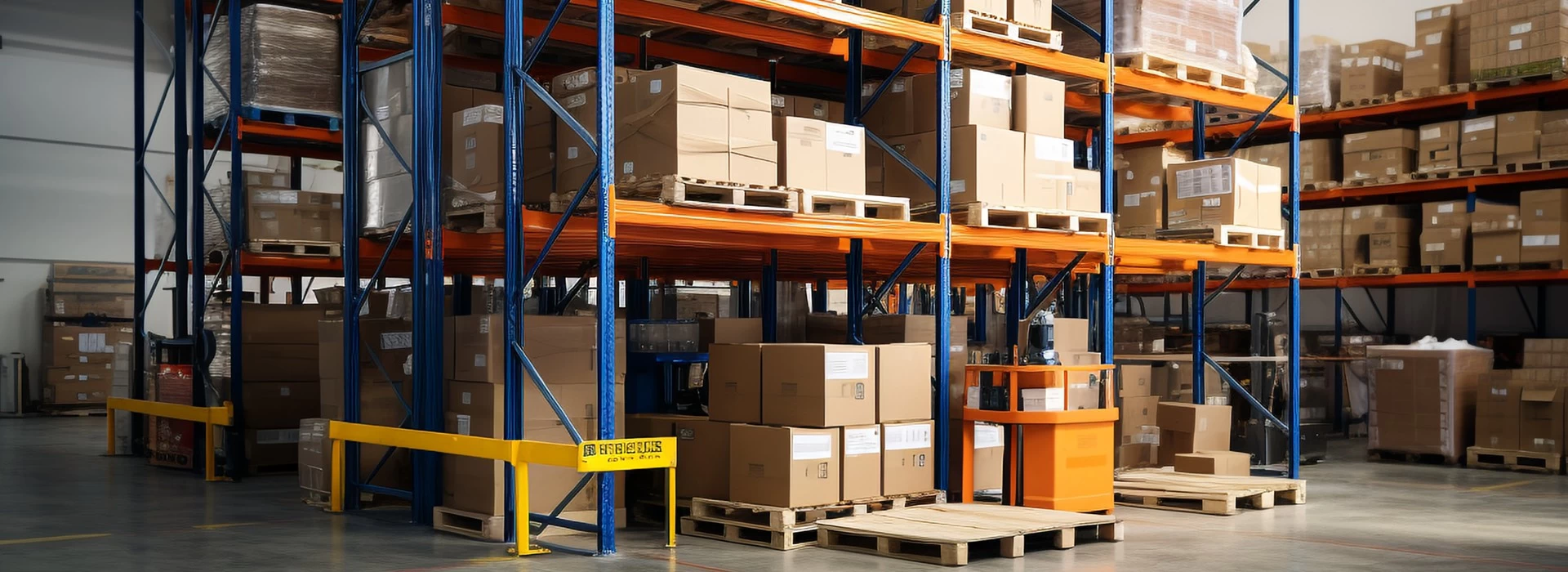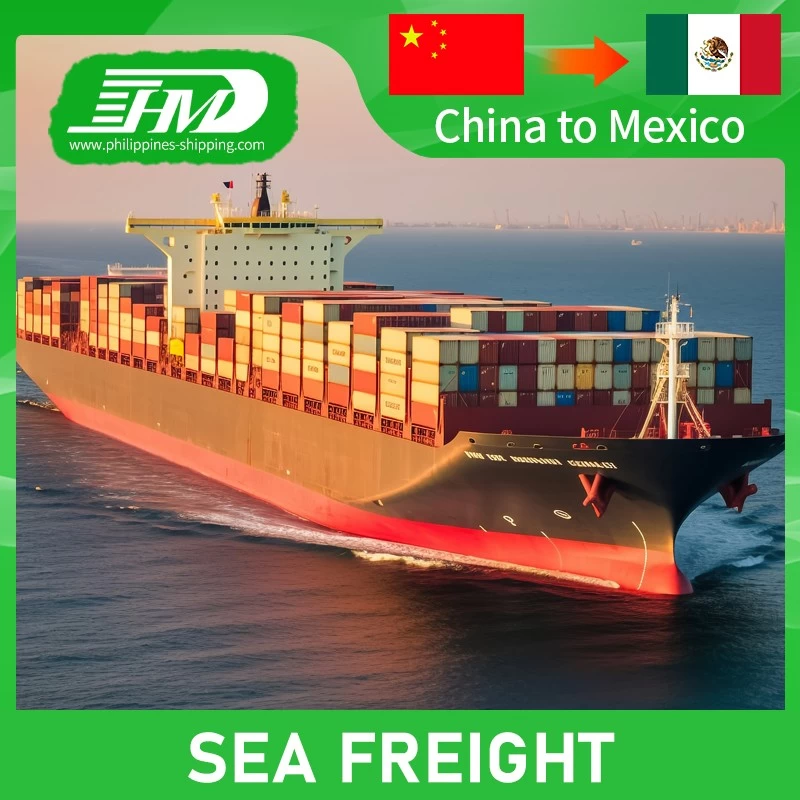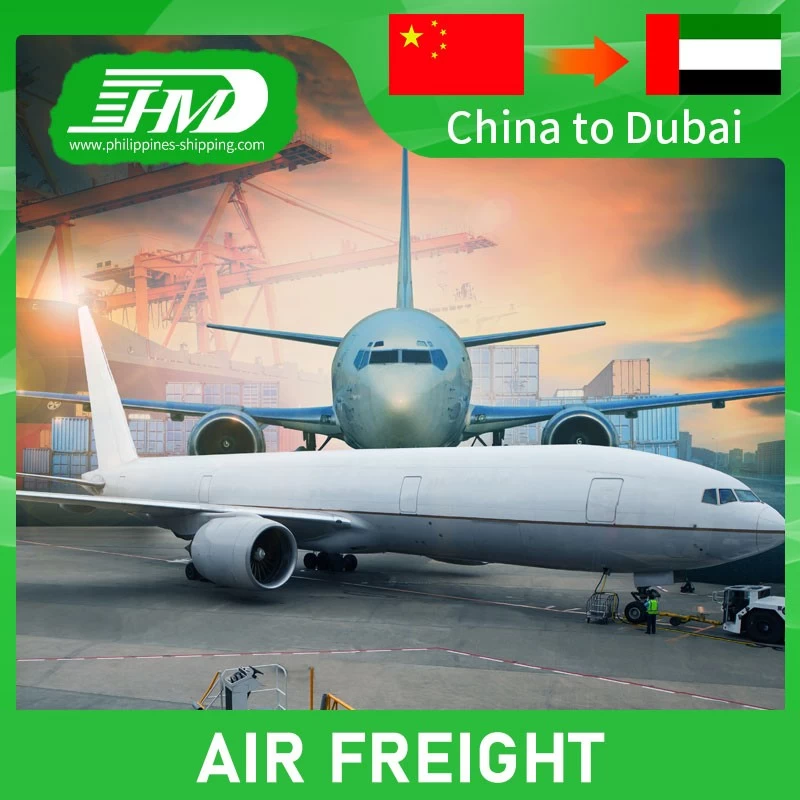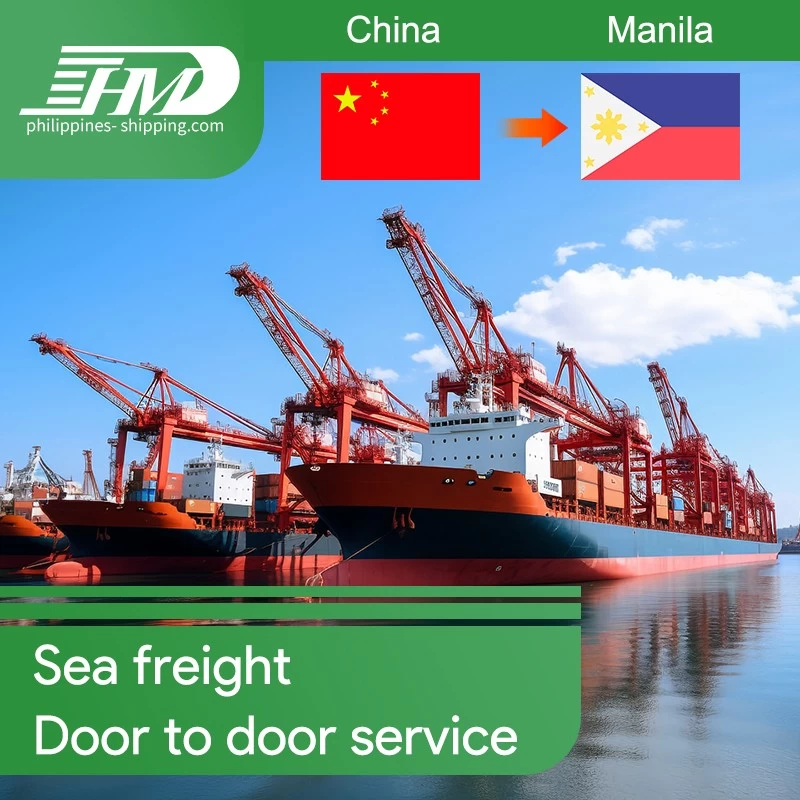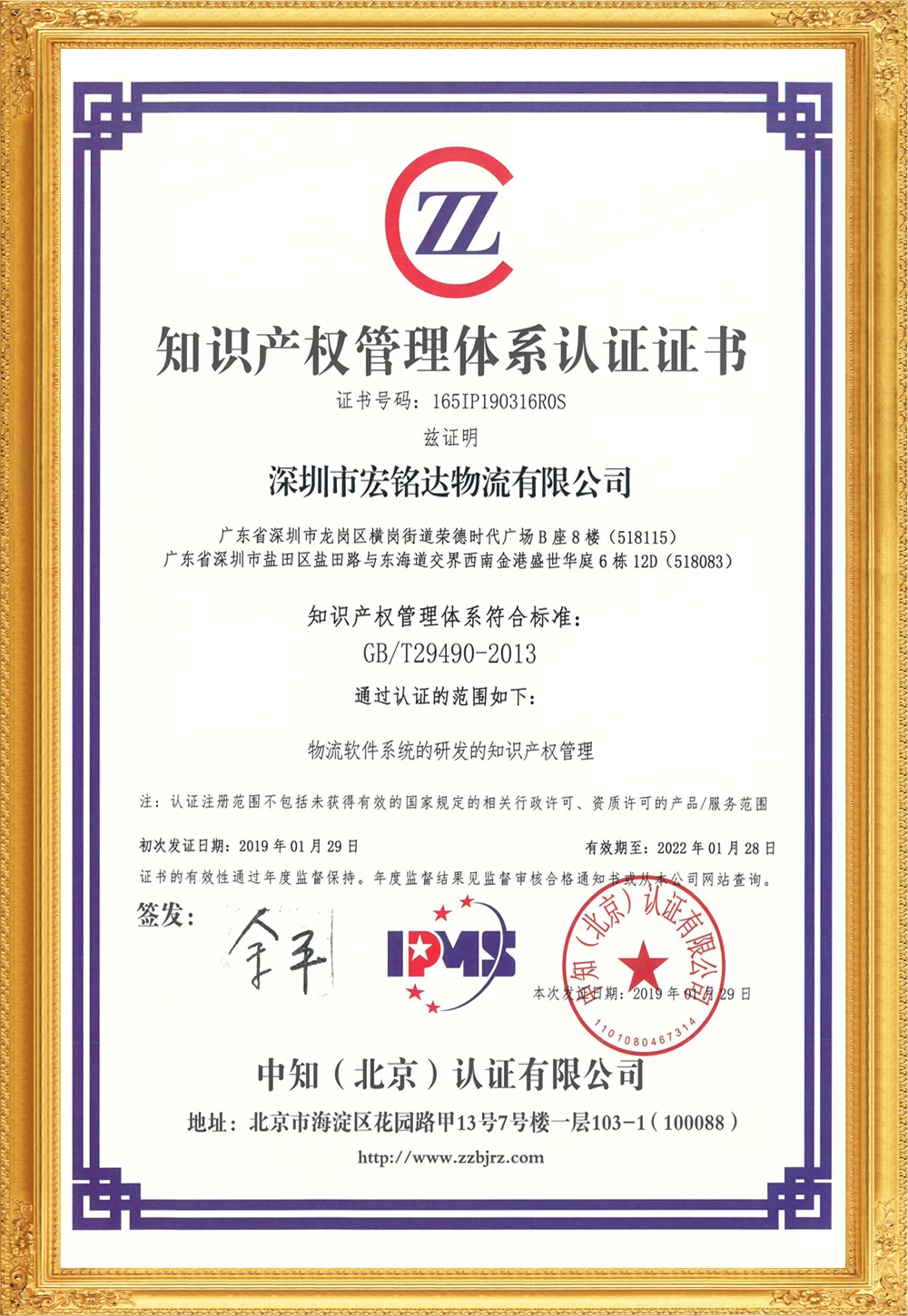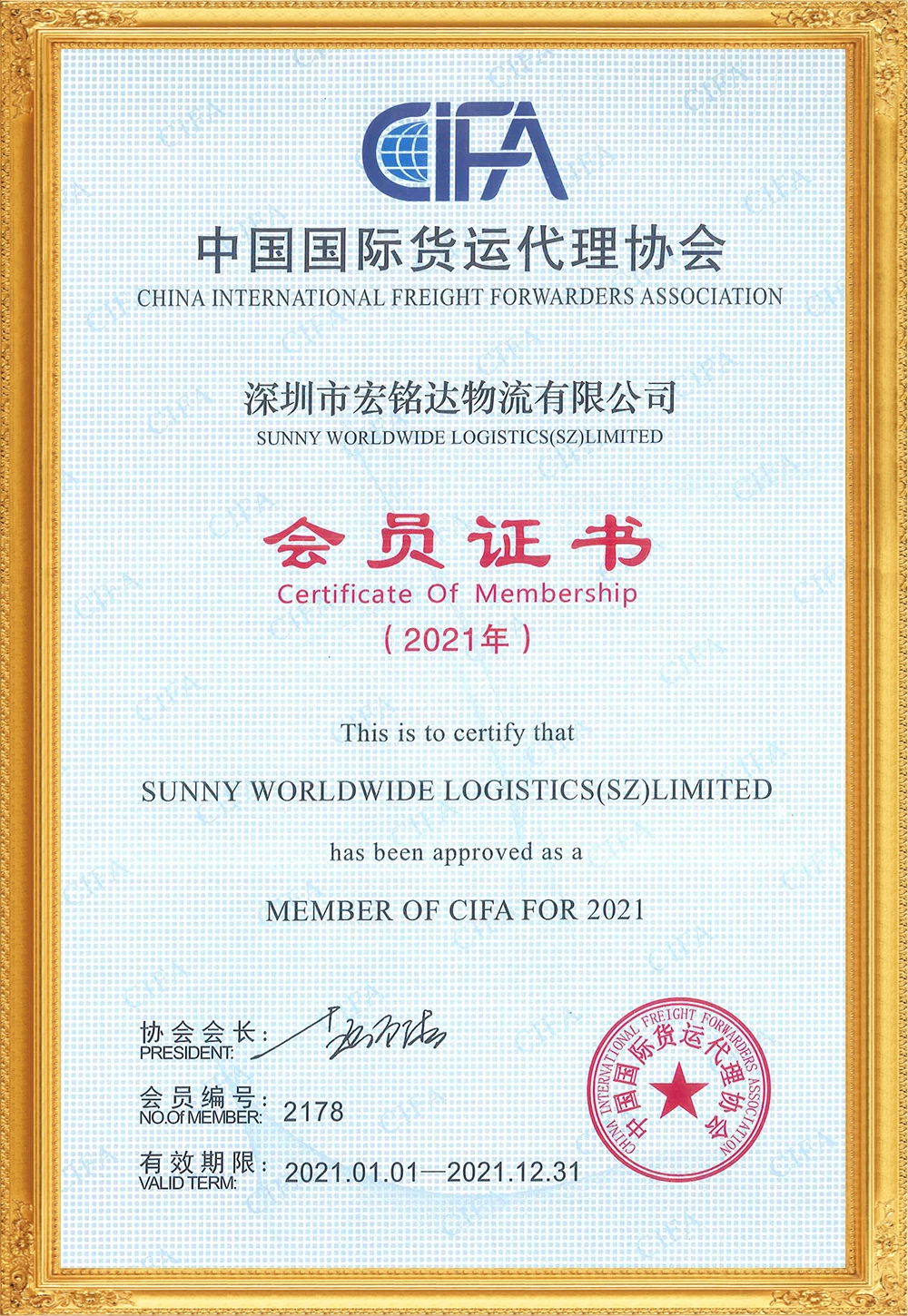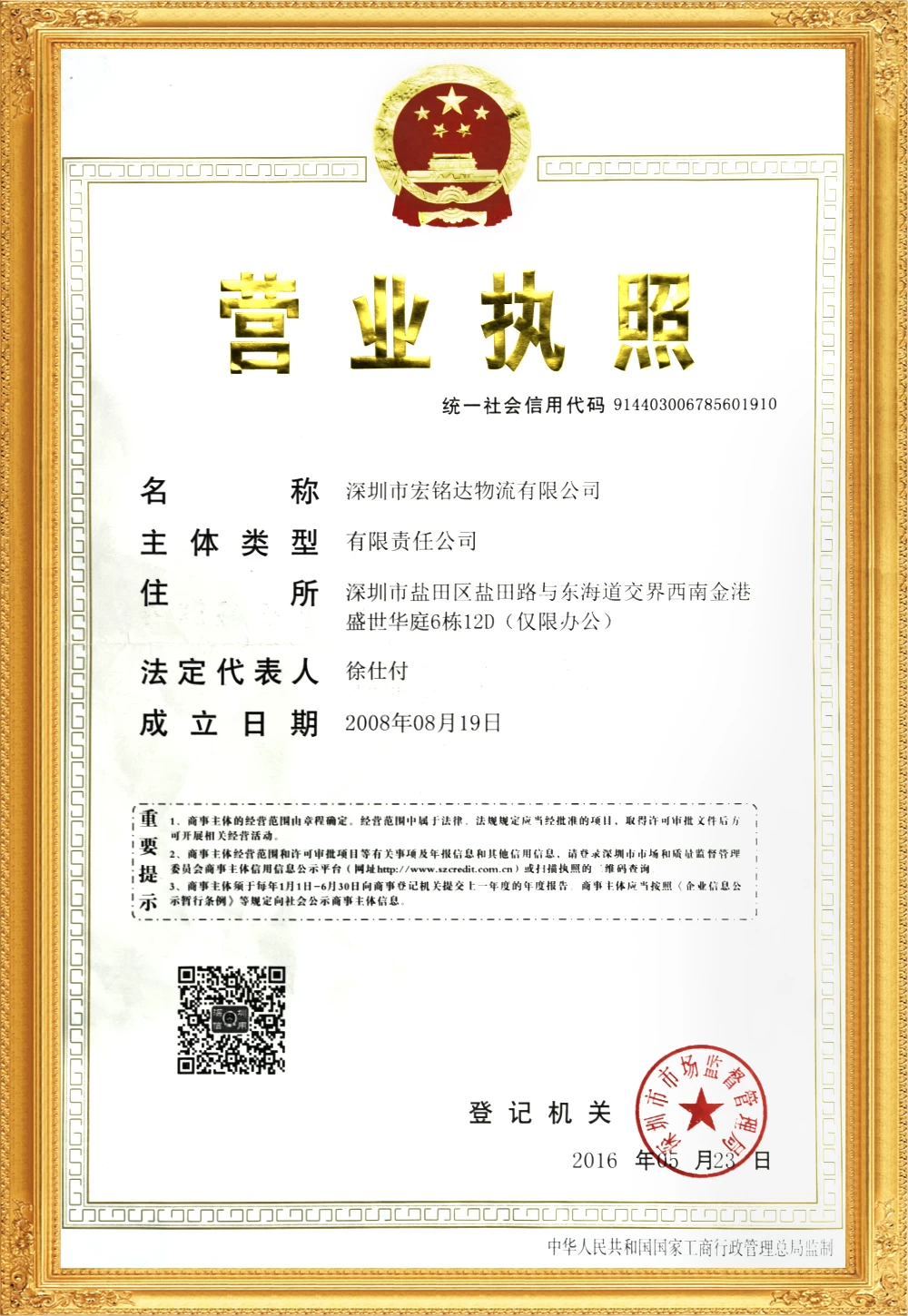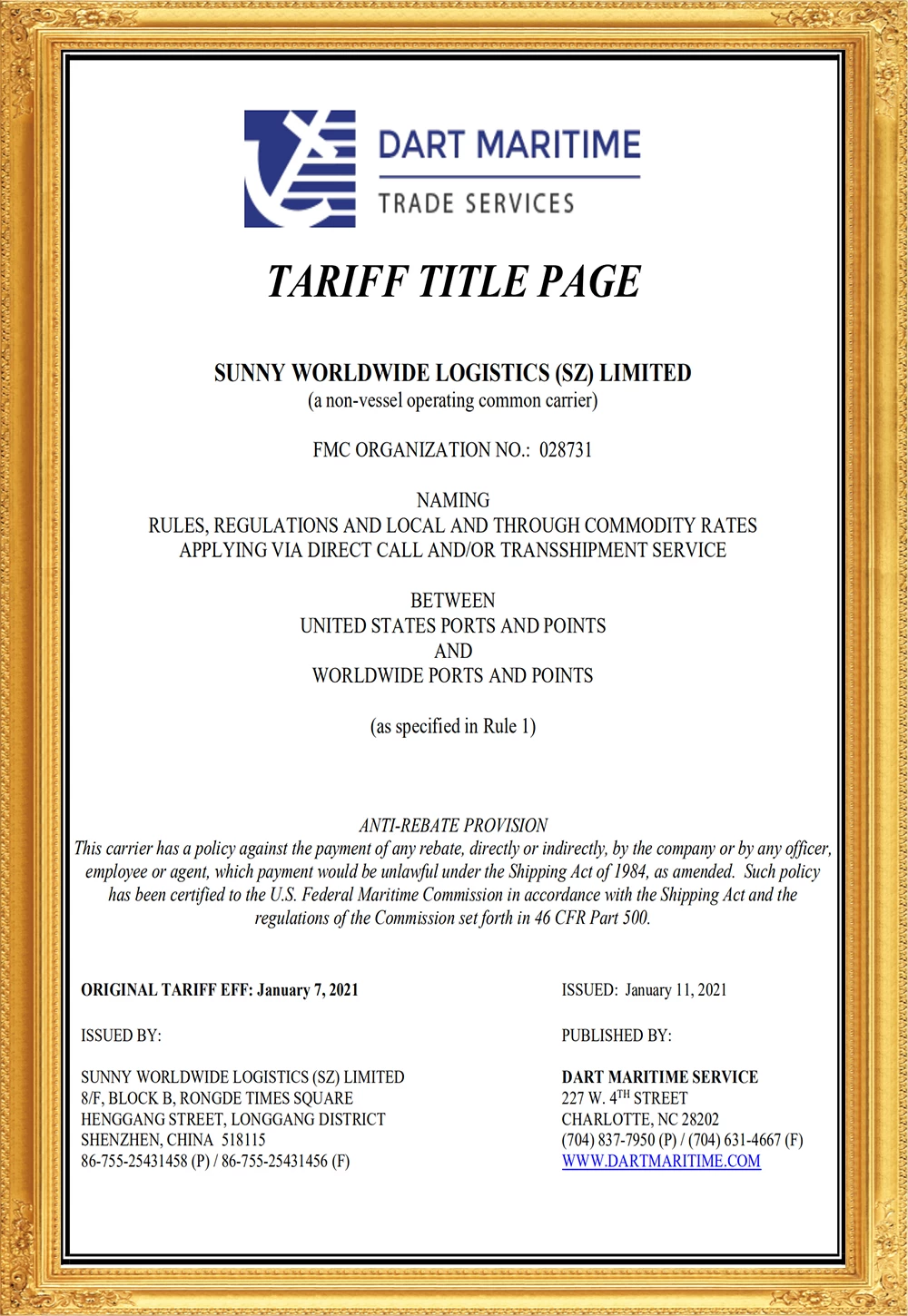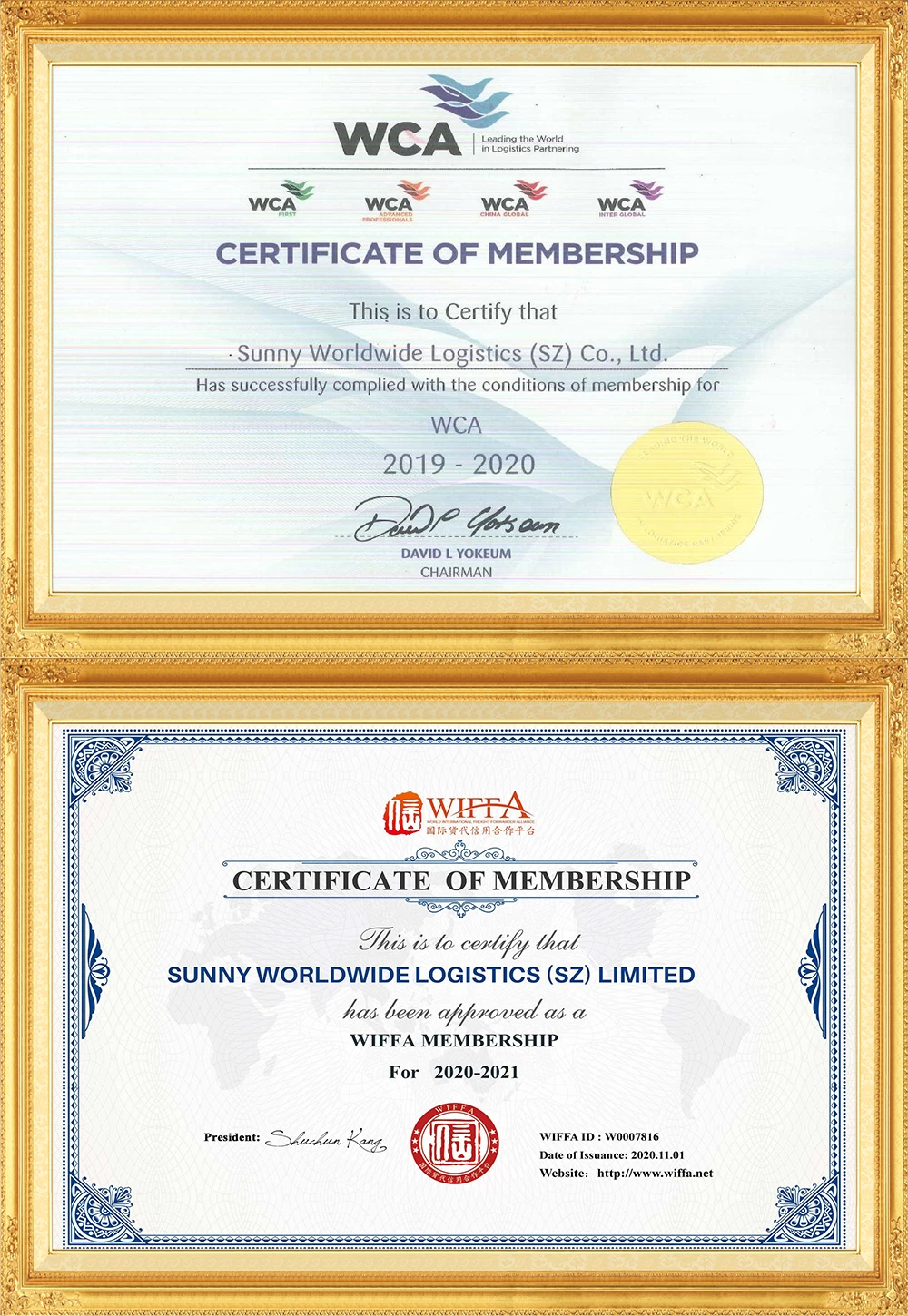Freight prices continue to rise! Prices in South America, West Africa, and South Africa surged by more than 20%, and prices in the East and West of the United States rose by another 10%.
Global shipping continues to perform strongly, with rising freight rates across all routes, pushing the latest Shanghai Containerized Freight Index (SCFI) to rise by 214.97 points to 2520.76 points, an increase of up to 9.32%; it has risen for six consecutive weeks and set a record high since mid-September 2022. (the highest level in the past 20 months).
Specifically, freight rates on the European and Mediterranean routes increased by 6.31% and 1.07% respectively, while the increases on the West-US and East-US routes were even more significant, 14.39% and 8.34% respectively. The most violent increases were in South America, South Africa and West Africa routes, with freight rates rising by 22.4%, 22.25% and 26.65% respectively.
Freight forwarding industry insiders conducted an in-depth analysis of the current maritime market situation and pointed out that ship shipping capacity has been affected by geopolitical tensions in the Middle East and ship detours (nearly 3,400 ships have been forced to change routes so far), resulting in a decline in turnover rates. Initially, ships tend to choose high-freight routes, but this crowding-out effect causes freight rates on other routes to rise as well. At the same time, shipments in Europe and the United States have exceeded expectations. In addition to the need to replenish inventory, uncertain factors such as geopolitics may also prompt customers to increase safety stocks and ship goods in advance. These factors jointly promote the increase in freight prices.
On the other hand, the recent focus of market attention also includes the strike of Canadian railway workers. Due to the failure of Canadian National Railway and Canadian Pacific Kansas City Railway to reach a new contract agreement, the drivers' association of nearly 10,000 employees voted to support the strike. It is expected to take action as soon as the 22nd. This will be the largest scale in Canadian history. of strike.
People in the freight forwarding industry roughly estimate that although the volume of Canadian goods is not large, the strike may affect goods imported and exported to the United States through IPI, RIPI and other railway lines. Some cargo may be diverted to import ports in the southwestern and eastern United States, which will increase transportation pressure. In response to this change, shipping companies including Maersk have notified that they will optimize ports on the West Coast of North America and use the Port of Tacoma as a temporary port of call for the U.S. import and export railways in the next four voyages to relieve transportation pressure.
The tension in the Red Sea is having an increasing impact on global shipping trade. The current supply and demand imbalance in the shipping market has caused global freight rates to rise sharply. Among them, European shipping prices have soared. On May 16, the price of container shipping European shipping futures once rose to a high of 4321.9, once again setting a new high since its listing, with the highest increase during the year reaching 218%.

The person in charge of a large-scale freight forwarding company in the Yangtze River Delta said that a large number of containers are "wandering outside". There is currently a serious shortage of containers at domestic ports, and it is "hard to find a cabin". The shipping space at the end of May is basically gone. , now there is only demand but no supply. A logistics company in Shenzhen said that the shortage of containers spread from Ningbo Port to Shanghai Port, and now all major ports are experiencing scarcity of supply.
The export of goods is not going smoothly and the backlog is quite serious, which may affect subsequent orders. Industry insiders said that at present, freight rates continue to rise. Currently, it is difficult to find a space, demand is too strong, supply and demand are seriously imbalanced, and coupled with the Red Sea crisis, port congestion and other issues, freight rates may rise again.
SCFI Freight Index
The freight rate from Shanghai to Europe is US$3,050/TEU, an increase of US$181, a weekly increase of 6.31%;
The freight rate from Shanghai to the Mediterranean is US$3,957/TEU, an increase of US$42, a weekly increase of 1.07%;
The freight rate from Shanghai to the United States is US$5,025/FEU, an increase of US$632, a weekly increase of 14.39%;
The freight rate from Shanghai to East America is US$6,026/FEU, an increase of US$464, a weekly increase of 8.34%.
The freight rate from Shanghai to South America (Santos) is US$6,686/TEU, an increase of US$1,225, a weekly increase of 22.4%;
The freight rate from Shanghai to West Africa (Lagos) is US$4,605/TEU, an increase of US$838, a weekly increase of 22.25%;
The container freight price from Shanghai to South Africa (Durban) is US$3,365/TEU, an increase of US$708, a weekly increase of 26.65%;
The freight rate from Shanghai to Australia and New Zealand is US$1,259/TEU, a weekly increase of 7.7%;
The freight rate from Shanghai to the basic port of the Persian Gulf was US$2,221/TEU, a weekly increase of 4.6%.
Sunny Worldwide Logistics has been established for more than 25 years. It has purchased 1,800 square meters of Grade A office buildings in Shenzhen. It has its own warehousing and self-operated fleet in Shenzhen, which greatly meets the supporting needs of customers. Ocean freight has signed contracts with shipowners such as ZIM/EMC/OOCL/CMA, and air freight has signed contracts with airlines such as O3/MH/CZ. Within the company, there are about 65 senior employees. The company has established the "Sunny Business School" to continuously improve the comprehensive quality of employees. With this goal in mind, regular and uninterrupted training and sharing has created a group of logistics personnel with excellent comprehensive qualities.



